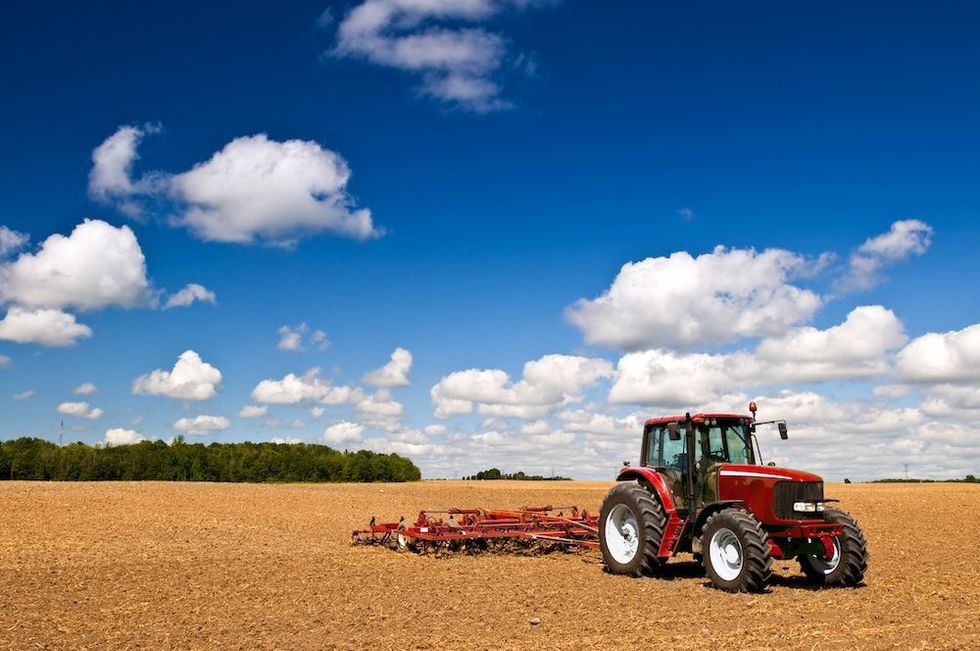Canada could be in for a costly dose of reality on the climate crisis front.
An alarming report published today by global professional services firm GHD cautions that droughts, floods, and storms could cost the country billions in the next three decades.
The report, titled Aquanomics: The economics of water risk and future resilience outlines how these events could result in a total loss of CA$139B to Canadian gross domestic product (GDP) between 2022 and 2050. This equates to an average annual GDP loss of 0.2%.
This study represents the first time the economic impact of water risk has been calculated at a GDP and sector level. The research combines insurance data with econometric modelling to demonstrate the wider economic impact of increased future water risk in the form of more frequent droughts, floods, and storms.
“The Aquanomics report not only reveals the threat that increasingly frequent and severe water-related events pose to global economies, but also to communities and natural ecosystems that rely on a balanced water cycle for survival,” says Don Holland, Canada water market leader at GHD in a press release.

The study wasn’t limited to Canada. It focused on seven counties across GHD’s footprint: Australia, Canada, China, the Philippines, the United Arab Emirates, United Kingdom, and the United States.
Compared to other countries in the study, Canada will see less of a water risk impact thanks to its large land mass and low population density, according to the report. But there are still some very real risks that can't be ignored.
Flooding alone is expected to cost the Canadian economy over CA$40B in the years leading up to 2050, making up almost half of the country’s estimated total direct losses.
The study also presents the potential impact on five critical economic sectors: agriculture; banking and insurance; energy and utilities; fast-moving consumer goods (FMCG) and retail; and manufacturing and distribution. It reveals Canada’s manufacturing and distribution sector could suffer total losses of CA$64B by 2050 -- equating to an average annual output loss of 0.3%.
The agriculture sector, on the other hand -- the most water-intensive industry -- faces projected losses of $4B by 2050, equating to average output losses of 0.1% each year.
“Canada may not be a water-stressed country, but it is a country of extremes, and these extremes are getting more pronounced,” says Holland. “With the Canadian government estimating that the country is warming at double the rate of the rest of the world, a growing number of municipalities have declared climate emergencies and are implementing policies to boost resiliency. It is up to the water industry to help clients implement a risk-based management approach to provide the resiliency communities require to grow and thrive during these uncertain times. In addition to providing the required resiliency, this also provides us with an opportunity to improve our communities and environment.”
In the meantime, the impacts of climate change remain impossible to ignore in Canada -- from last year’s floods and deadly heat wave in British Columbia, to May's record-breaking temperatures in Ontario.






















